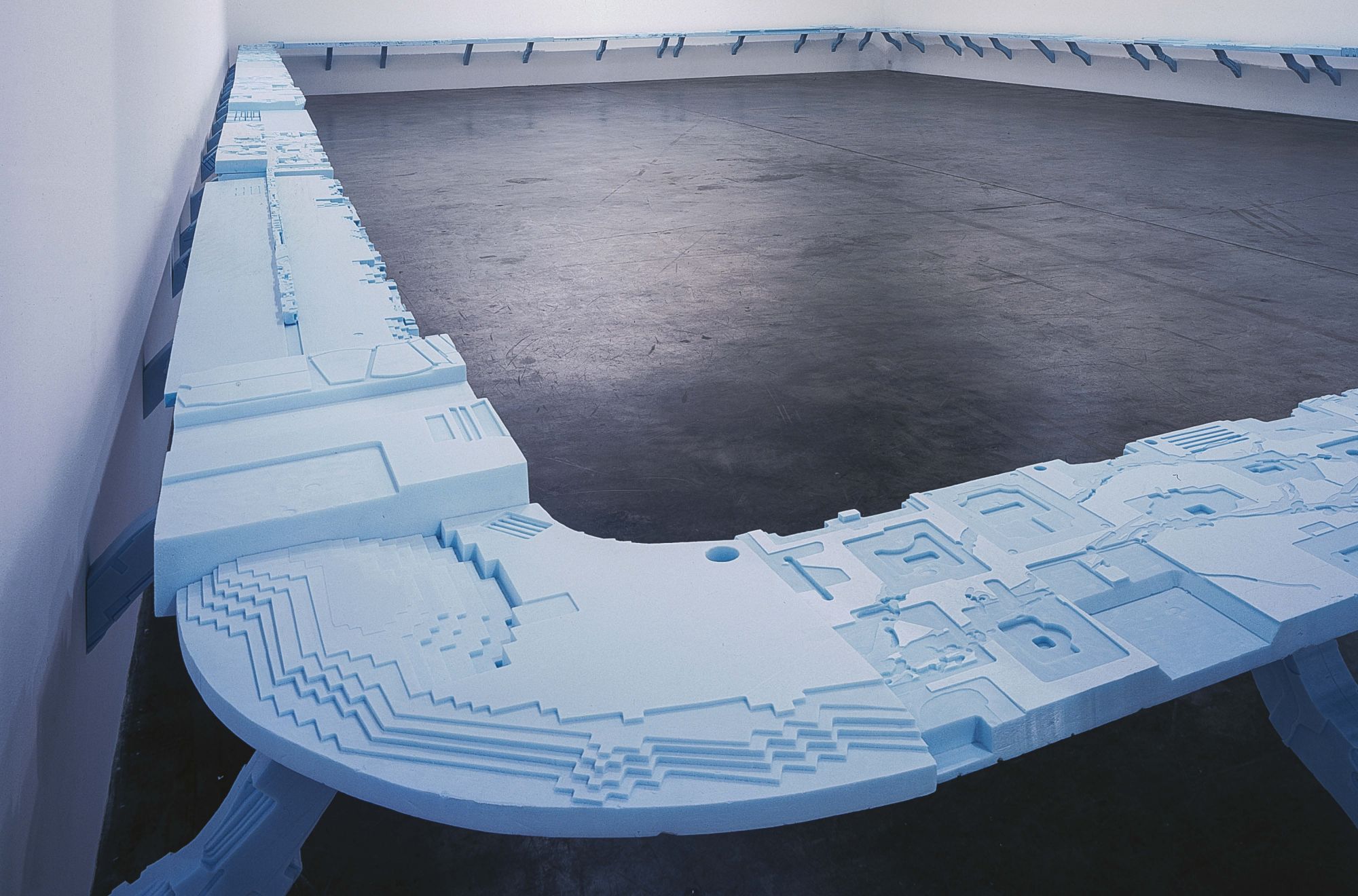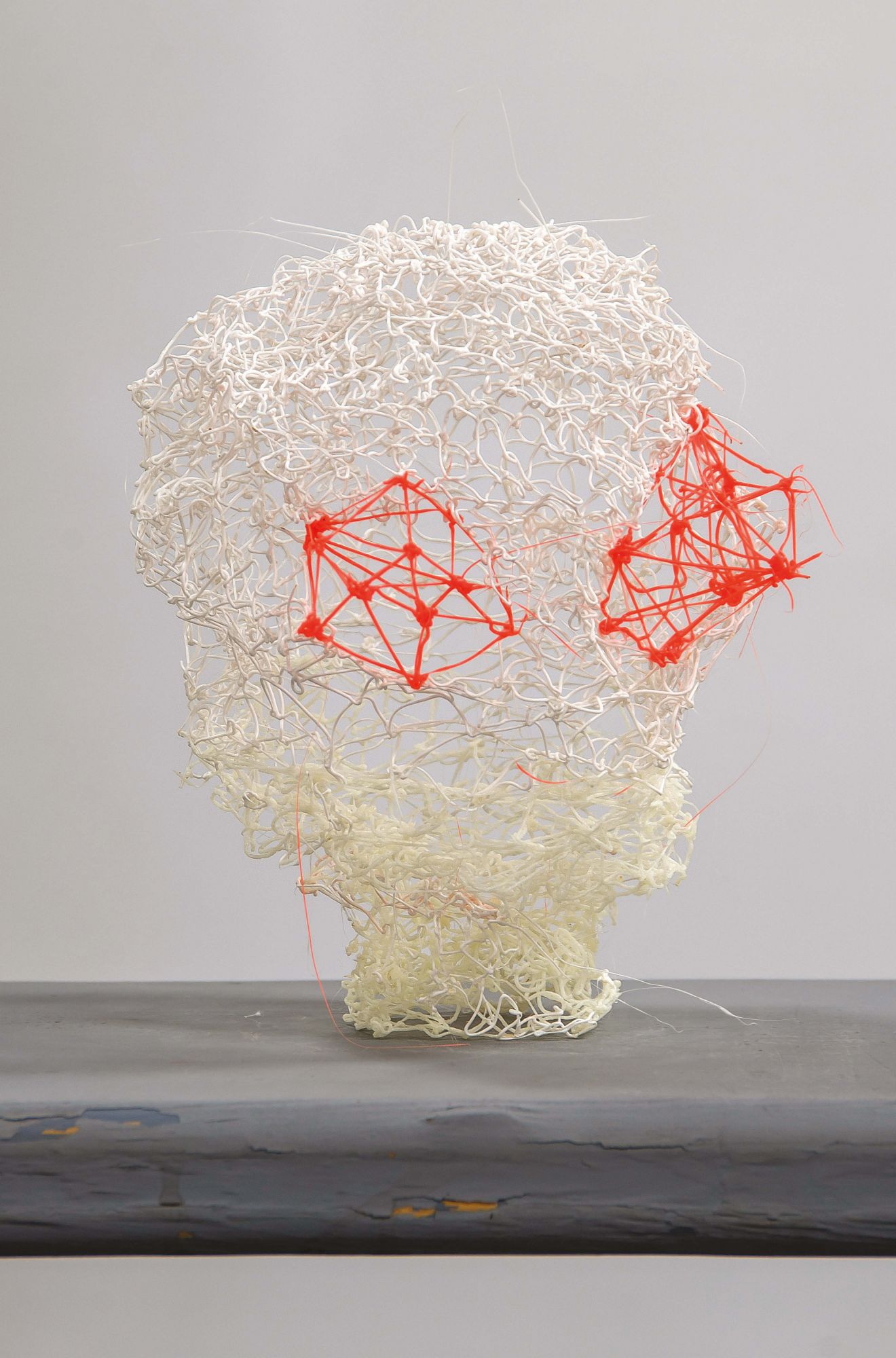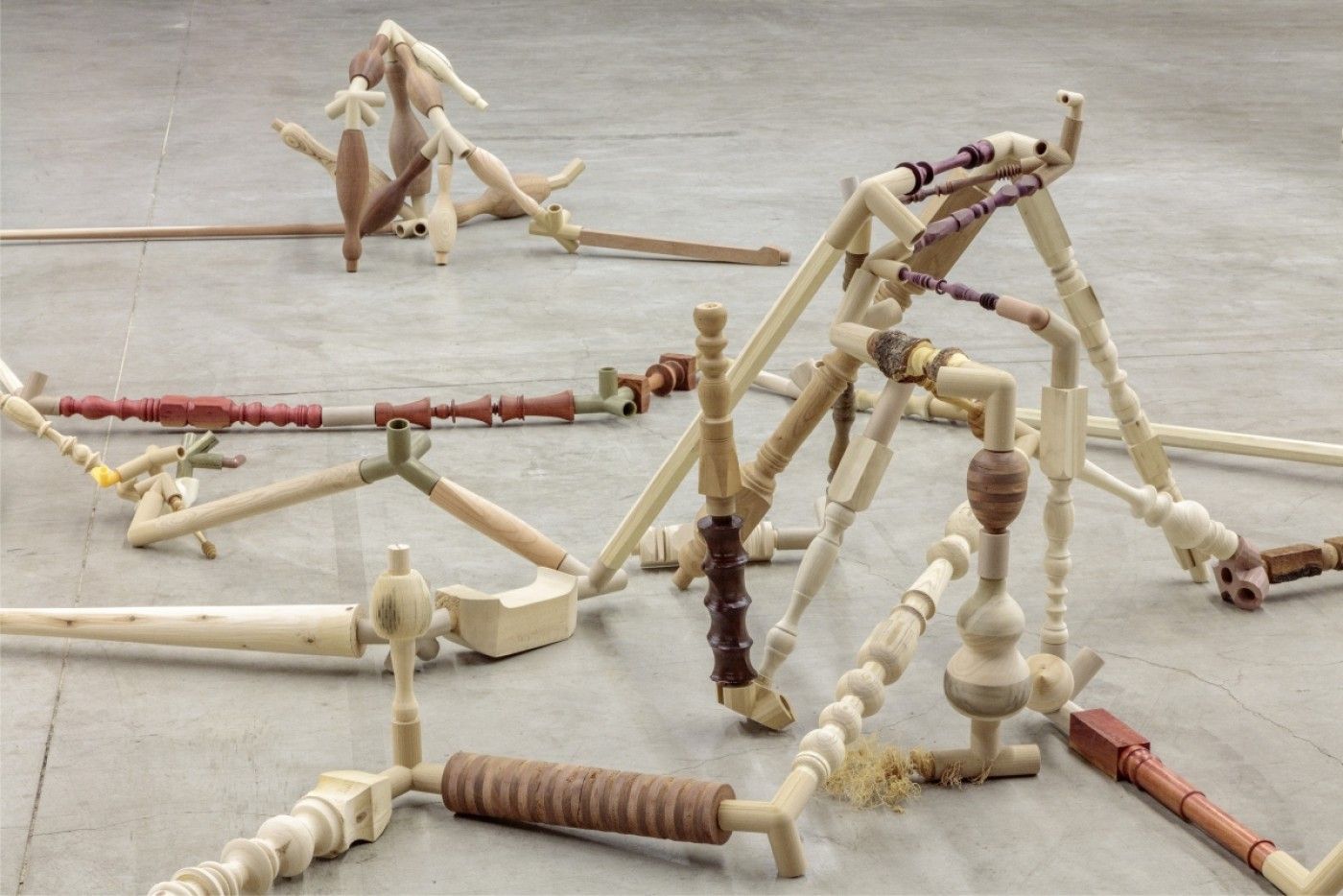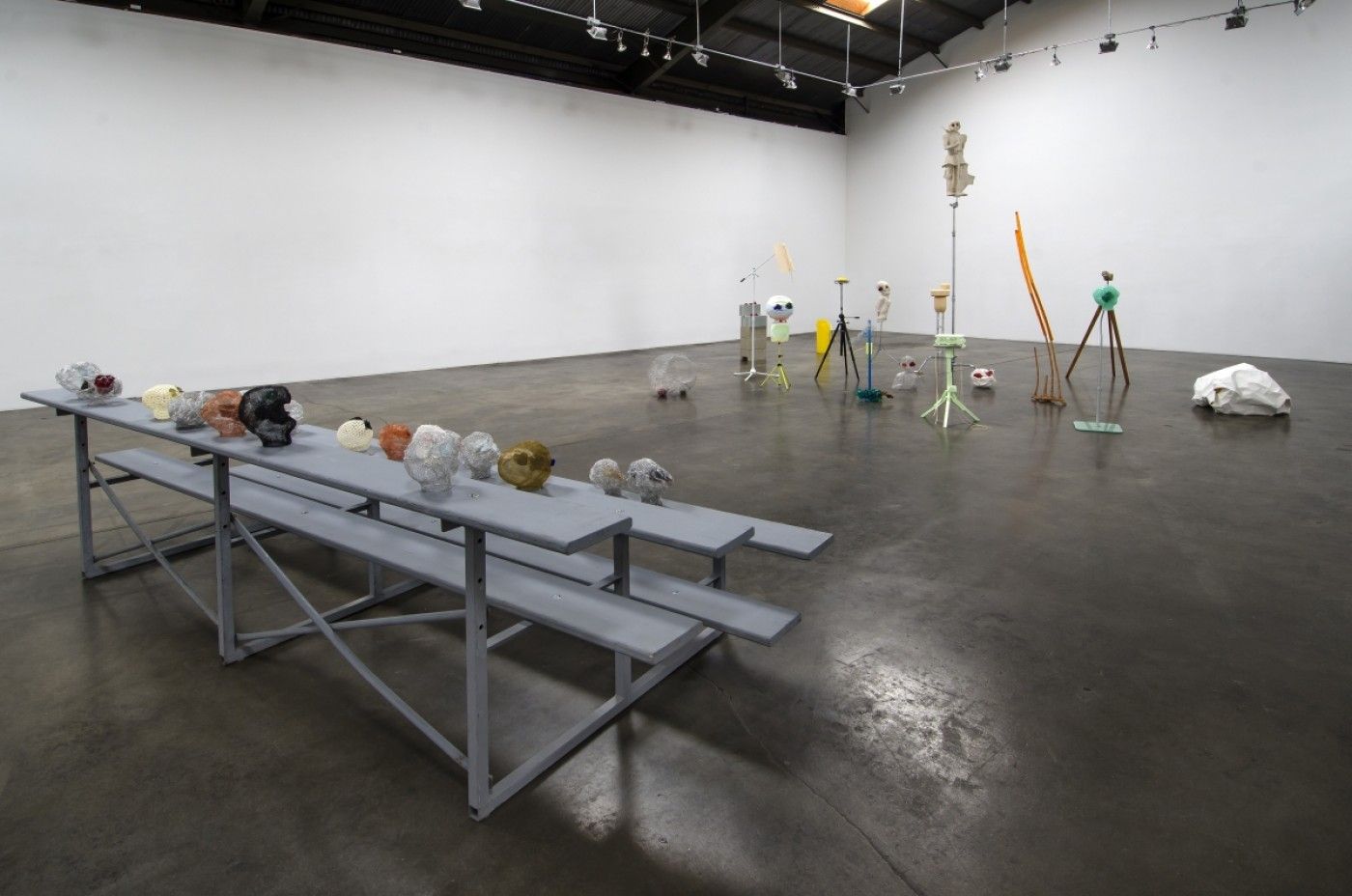Shirley Tse, an artist who reflects on technology, globalisation and the environment, is representing Hong Kong at the Venice Biennale in a show curated by Christina Li. On the eve of its opening, the pair outline their vision
Conversations about plastic today tend to go in one direction—and it’s not positive. This much-maligned material is clogging our rivers and oceans, killing wildlife and polluting pristine environments from the peaks of the Swiss Alps to the floor of the Mariana Trench, the deepest point in the oceans. But what’s often forgotten is how, just a few decades ago, plastic was hailed as a futuristic, affordable material that promised to revolutionise the way we live. It’s this slide from the utopian to the dystopian that Shirley Tse, the artist representing Hong Kong at this year’s Venice Biennale, has spent her career exploring.
Recently dubbed “the queen of plastics” by the Financial Times, Hong Kong-born, Los Angeles-based Tse burst onto the art scene in the 1990s with ambitious works that explored the material both physically and philosophically. One of her best-known sculptures, Polymathicstyrene, is a room-sized installation made from polystyrene that Tse carved, sliced and engraved, transforming the material from something mundane and featureless into an eerily beautiful sculpture.
When looked at from above, Polymathicstyrene resembles a city seen from the sky, hinting at bigger ideas about the way plastic—and broader human industry and technology—has shaped our world.

A Hong Kong Success Story
Tse has previously revealed how her interest in this artificial material stemmed from her childhood in Hong Kong, where she lived next to the Kwai Chung container terminal. Every day and night for year after year, Tse saw countless crates, many of them containing plastic goods, being loaded on and off ships shuttling back and forth to Mainland China. The rise of China as a superpower, the late 20th-century boom in international trade, the birth of southern Guangdong as the factory of the world—all of it was unfolding right outside Tse’s bedroom window.
But Tse’s adopted home, Los Angeles, where she moved in the early 1990s and now works as an artist and a faculty member at the prestigious CalArts School of Art, has also had an impact on her work.
“LA suffers from the stereotype of plastic, artificial bodies bathed in eternal sunshine,” says Tse. “My own experience of it is ever-intensifying wildfires, earthquakes, floods, mudslides, persistent drought, traffic gridlock, air pollution. You can really sense the delicate balance of an ecosystem.”
See also: Lévy Gorvy In Asia: "We Want The Gallery To Be Like A Think Tank"




